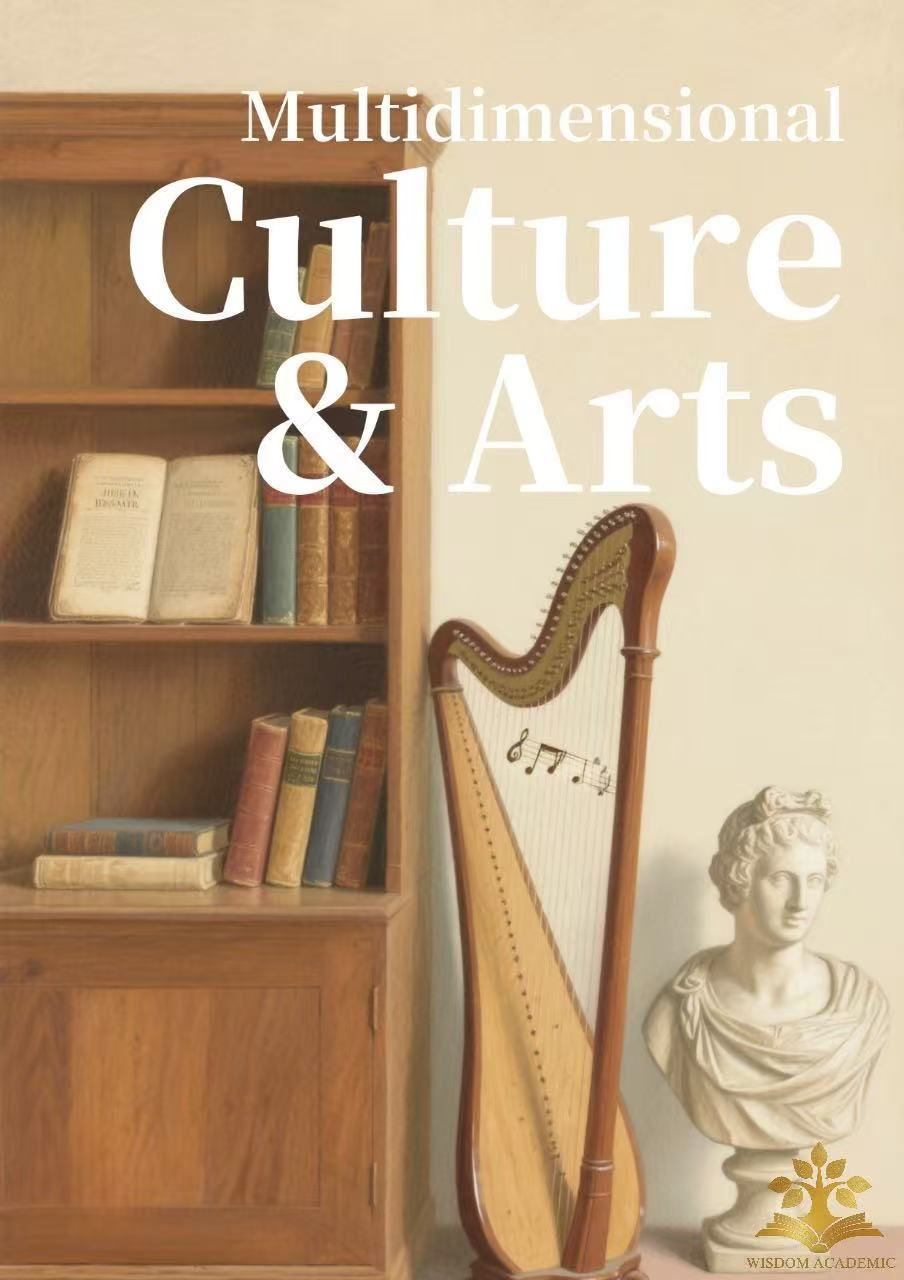Abstract
This review examines Becoming Guanyin by Yuhang Li, a groundbreaking study that recovers the devotional lives of Buddhist women in late imperial China through analysis of material culture. Moving beyond text-centered approaches, Li explores how women used embodied practices—such as painting, dance, and hair embroidery—to cultivate religious identities and negotiate spiritual authority within Confucian social constraints. The book’s central concept of “becoming Guanyin” highlights the dynamic process through which women identified with the bodhisattva to express agency, devotion, and resilience. By combining art historical analysis with religious studies and gender history, Li offers a compelling interdisciplinary framework. This review evaluates the book’s contributions and limitations, especially its treatment of social hierarchy and the broader implications of using non-textual sources in Buddhist studies.
References
[1] Cai, Y. (2021). Family as a starting point: The kinship-based female poetry clubs between Late Ming and Early Qing Dynasties, 1550–1700 [Doctoral dissertation].
[2] Grant, B. (2008). Eminent nuns: Women Chan masters of seventeenth-century China. University of Hawaii Press.
[3] Lam, S. (2023). Strands of virtue: Exploring gentry laywomen’s hair embroideries of Guanyin in late imperial Jiangnan. The George Washington University.
[4] Li, Y. (2019). Becoming Guanyin: Artistic devotion of Buddhist women in late imperial China. Columbia University Press.
[5] Mann, S. (1997). Precious records: Women in China’s long eighteenth century. Stanford University Press.
[6] McRae, J. R. (2003). Seeing through Zen: Encounter, transformation, and genealogy in Chinese Chan Buddhism. University of California Press.
[7] Sangren, P. S. (2017). Filial obsessions: Chinese patriliny and its discontents. Springer.
[8] Wang, X. (2021). Rethinking gender and female laity in late imperial Chinese Pure Land Buddhist biographies. Religions, 12(9), 705. https://doi.org/10.3390 /rel12090705
[9] Yü, C. F. (2001). Kuan-yin: The Chinese transformation of Avalokiteśvara. Columbia University Press.

This work is licensed under a Creative Commons Attribution 4.0 International License.
Copyright (c) 2025 Yun Qiu

